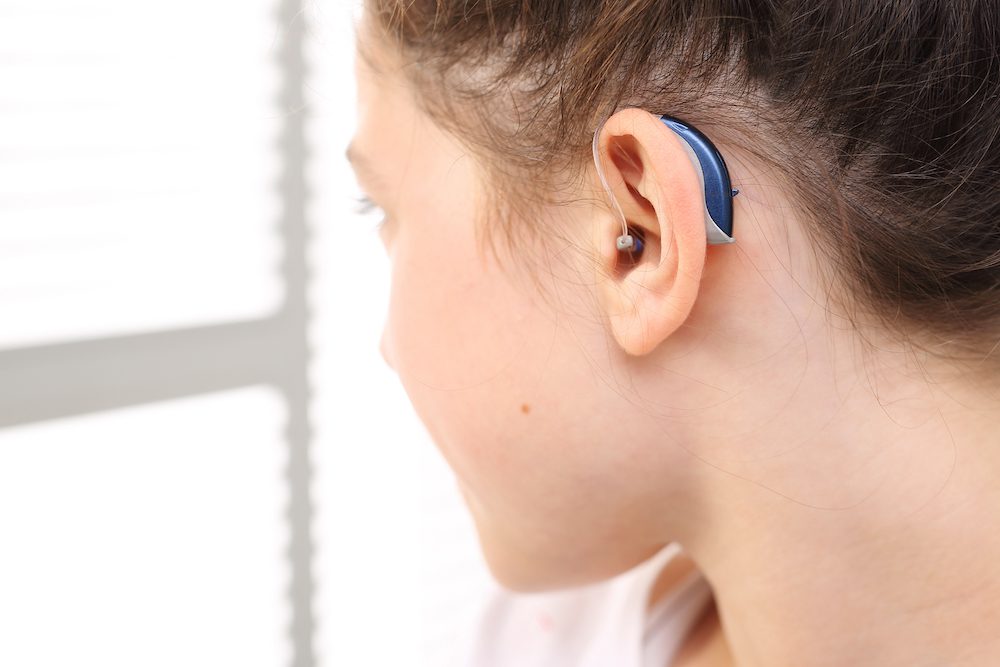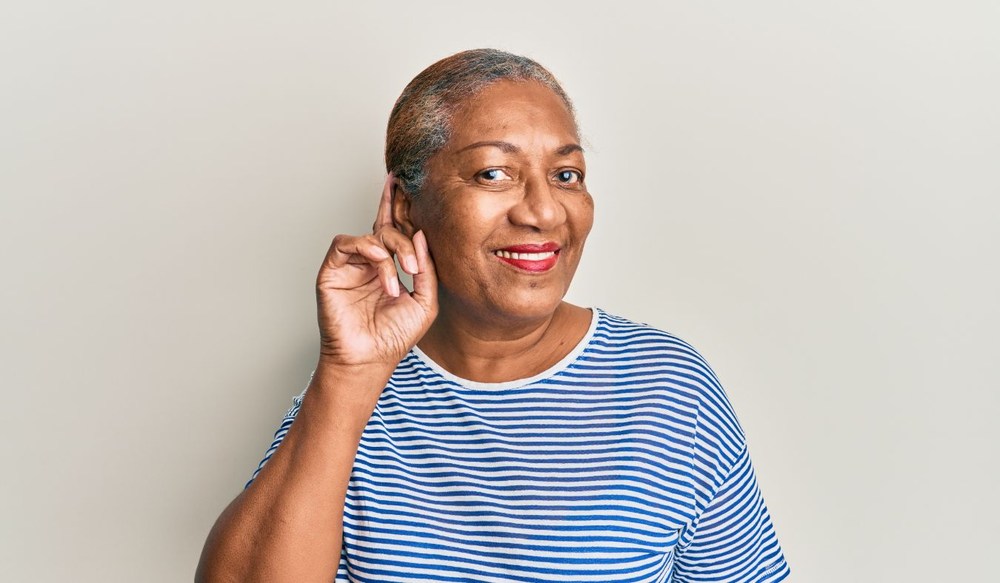Understanding Background Noise Challenges
Many people with hearing loss find that some environments are much more
New location in Devonshire Mall! Visit Us Today!


Many people with hearing loss find that some environments are much more

Tinnitus happens when a person hears sounds like ringing, buzzing or

Hearing health is an important part of overall wellbeing and influences